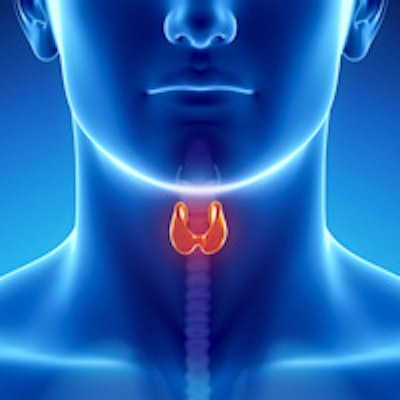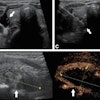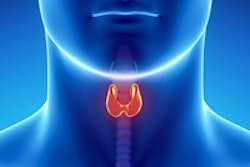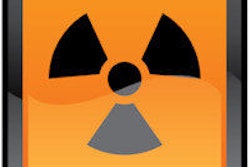
The rapid increase in the number of thyroid cancers diagnosed over the past decade is being driven by low-risk cases that would never pose a health threat to patients -- and one-third of these are asymptomatic cases being diagnosed with advanced medical imaging.
That's according to a new study in the September issue of Thyroid by researchers from the Mayo Clinic in Rochester, MN. They believe the treatment for these cancers may be causing harms that otherwise might never have occurred (Vol. 25:9, pp. 999-1007).
A team led by Dr. Juan Brito analyzed data from the Rochester Epidemiology Project, gathering the records of 566 men and women who were diagnosed with thyroid cancer in Olmsted County between 1935 and 2012. They specifically focused on the number of new cases of thyroid cancer, deaths from the disease, and the method of diagnosis.
Brito and colleagues found that the number of new cases of thyroid cancer had nearly doubled, from a rate of 7.1 cancers per 100,000 people from 1990 to 1999, to 13.7 cases per 100,000 people from 2000 to 2012. The group also noted the following:
- There was no change in the number of new patients presenting with symptomatic thyroid cancer over the study period.
- The number of new cases of "silent" thyroid cancer -- with no symptoms -- almost quadrupled.
- The proportion of patients who died of thyroid cancer did not change.
Silent thyroid cancer was often identified as an incidental discovery during an imaging test, at 19% of cases. Meanwhile, 27% of cases came from patients with symptoms or palpable nodules that were not clearly associated with thyroid cancer but which triggered the use of imaging tests of the neck. Silent thyroid cancer was also found during the review of thyroid tissue removed for benign conditions, at 14% of cases.
One approach to reduce the detection of lesions that are not a health threat would be to limit the use of some imaging technologies, in addition to engaging patients in considering their treatment options, the authors recommended. Active surveillance could be preferred over surgery in such cases, they added.
Finally, another approach could be as simple as not using the term "cancer" to refer to small, silent thyroid lesions, according to Brito. He recommended a term such as "papillary lesions of indolent course," instead of cancer.



















